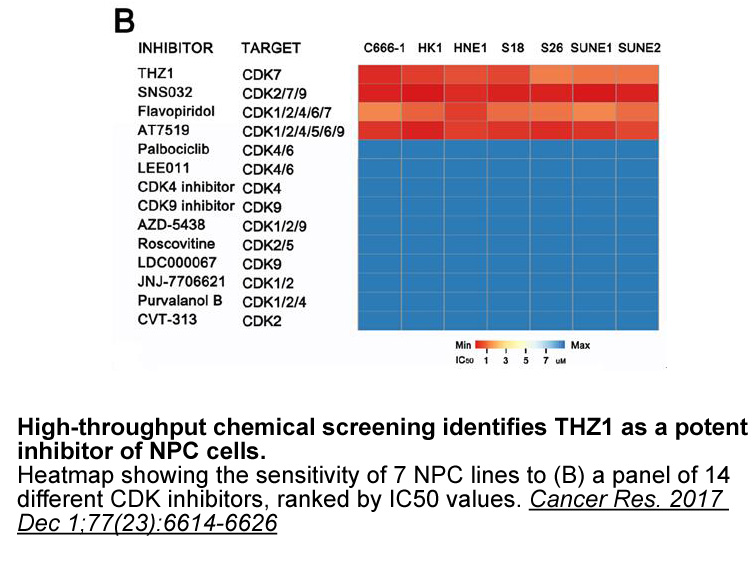Archives
br Ghrelin actions in the
Ghrelin actions in the central nervous system
Ghrelin induces thymopoeisis
GHS-R1a is expressed in immune cells, including thymocytes and T-cells [13]. Infusion of ghrelin increases the number of thymocytes and thymus size in 14-, 20-, and 24-month-old mice, and with decreased thymic adiposity at 14 month compared to vehicle infused animals [13] (Fig. 2, Fig. 3).
A comparison was made of the thymus from 2 mo and 24 mo WT, ghrelin−/− and ghsr−/−mice. Thymocyte counts in 2 mo mice were the same irrespective of genotype, but in 24 mo ghrelin−/− and ghsr−/− mice thymocytes were significantly reduced compared to age-matched WT mice (Fig. 4A). Age-dependent thymic involution is also more evident in and ghrelin−/− mice than in WT mice (Fig. 4B).
The accelerated age-dependent involution was partially reversed by ghrelin infusion in ghrelin−/− mice, but not ghsr−/− mice, indicating ghrelin is acting through GHS-R1a [13].
Based on observations that ghsr−/− and ghrelin−/− mice exhibit a decrease in progenitor Famprofazone sale when compared to WT mice at 20- and 24 months of age, it was concluded that ghrelin increases thymocyte counts by increasing progenitors from the lymph [13]. More recent studies have shown that compared to age-matched WT littermates, the thymi of 10-month old ghsr−/− mice have fewer thymic epithelial cells necessary for T-cell development [45]. If confirmed in humans, this data suggest that activation of ghrelin signaling may have therapeutic benefit by enhancing immune responses in the elderly.
Summary
This review demonstrates the applicability studies utilizing ghrelin−/−, ghsr−/− and goat−/− mice as a tool to help define multiple actions of ghrelin throughout the body. It was confirmed that GHS-R1a is the receptor involved in ghrelin modulation of GH pulse amplitude and food intake [36]. However, mechanisms explaining improved insulin sensitivity in congenic ghrelin−/− and Ghsr−/− mice remain a puzzle [24], [34], [35], but likely involve central rather than peripheral actions of ghrelin. Experiments in ghrelin−/− and goat−/− mice show that while these mice behave and appear identical to WT mice under standard stress-free housing conditions, in contrast to WT mice, their survival is threatened by acute reductions in ambient temperature or by markedly reducing food availability [38], [46]. In both contexts the negative impact on well-being is likely the failure to mount an appropriate counter-regulatory response to hypoglycemia [46].
It also remains unresolved how ghrelin modulates learning and memory and/or stimulates activation of dopamine signaling and reward. Studies by Abizaid et al. and Andrew et al. suggest that ghrelin can act directly on dopaminergic neurons to activate dopamine release in the ventral striatum [1], [2]. While this is one potential mechanism, it is unlikely to be the sole explanation. Hypothalamic neurons expressing GHS-R1a project to other areas of the brain, such as the amygdala, which is involved in the emotional component of drug abuse and addiction. In addition, Jiang et al. showed that GHS-R1a and dopamine receptor type-1 (D1R) are co-expressed in subsets of neurons and can form heteromers [20]. Thus, ghrelin and the GHS-R1a may modulate signaling actions of dopamine and/or other neurotransmitters and neuropeptides .
The discovery of the orphan growth hormone secretagogue receptor, GHS-R1a in 1996, with its endogenous agonist ghrelin identified 3 years later, has led to an explosion of publications that contribute to our understanding of the biological importance of this signaling pathway that has been conserved for at least 400 million years [19], [22], [30]. The quest continues, particularly as it relates to elucidating the physiological role of endogenous ghrelin and the significance of ghrelin signaling during aging.
.
The discovery of the orphan growth hormone secretagogue receptor, GHS-R1a in 1996, with its endogenous agonist ghrelin identified 3 years later, has led to an explosion of publications that contribute to our understanding of the biological importance of this signaling pathway that has been conserved for at least 400 million years [19], [22], [30]. The quest continues, particularly as it relates to elucidating the physiological role of endogenous ghrelin and the significance of ghrelin signaling during aging.
Introduction
Ghrelin is a 28 amino acid peptide. It contributes to many important physiological processes, such as appetite control, gastric motility regulation, glucose homeostasis and energy metabolism (Kojima et al., 1999; Yanagi et al., 2018). It is mainly synthesized and released from X/A-like cells in the gastric oxyntic mucosa (Kojima and Kangawa, 2005). After synthesis, a small fraction of ghrelin is added with an octanoyl-group at its third serine by the ghrelin-O-acyl-transferase (GOAT) enzyme. This octanoylation modification induces a conformational change which enables ghrelin to bind to growth hormone secretagogue receptor 1a (GHS-R1a) to exert its biological functions (Gutierrez et al., 2008; Yang et al., 2008; Müller et al., 2015). The balance of acyl and des-acyl ghrelin may represent an important mechanism regulating energy homeostasis.